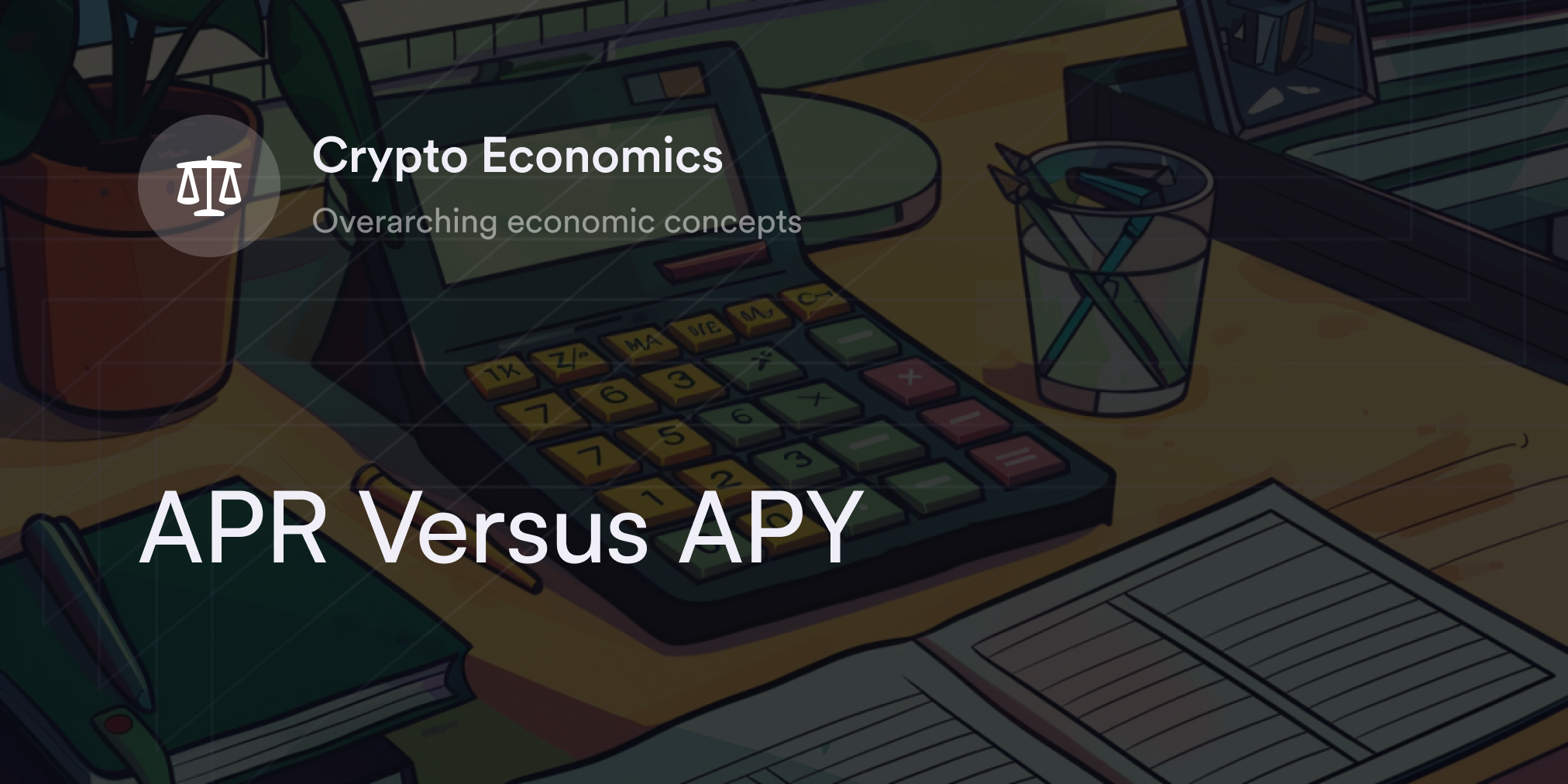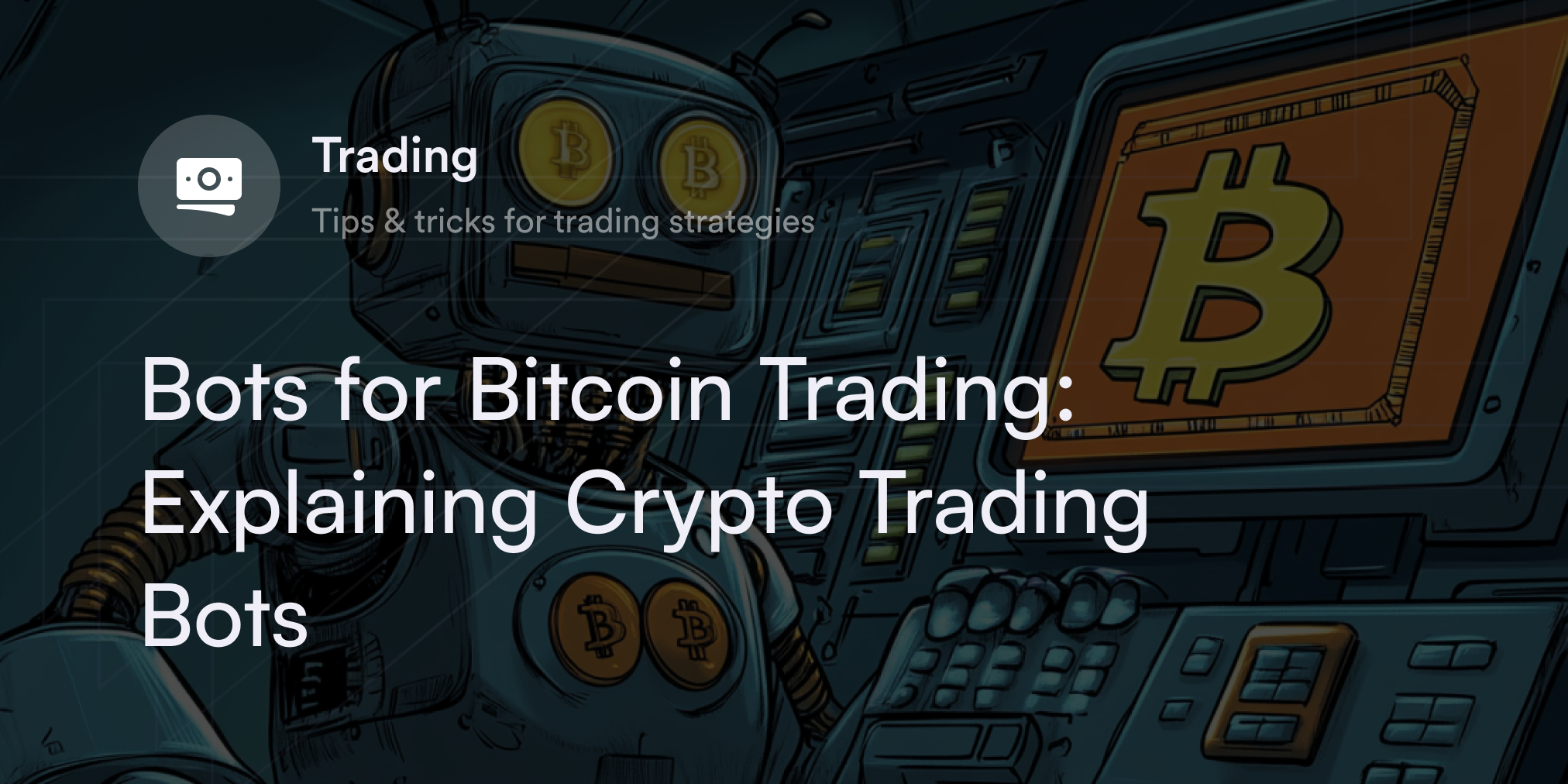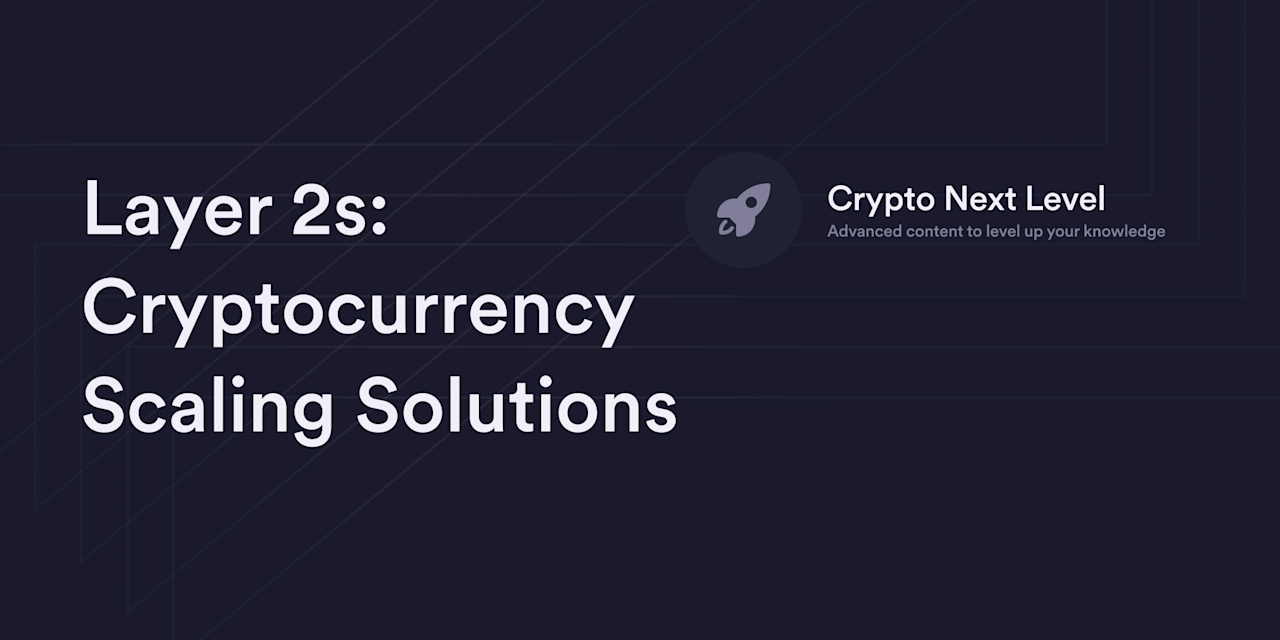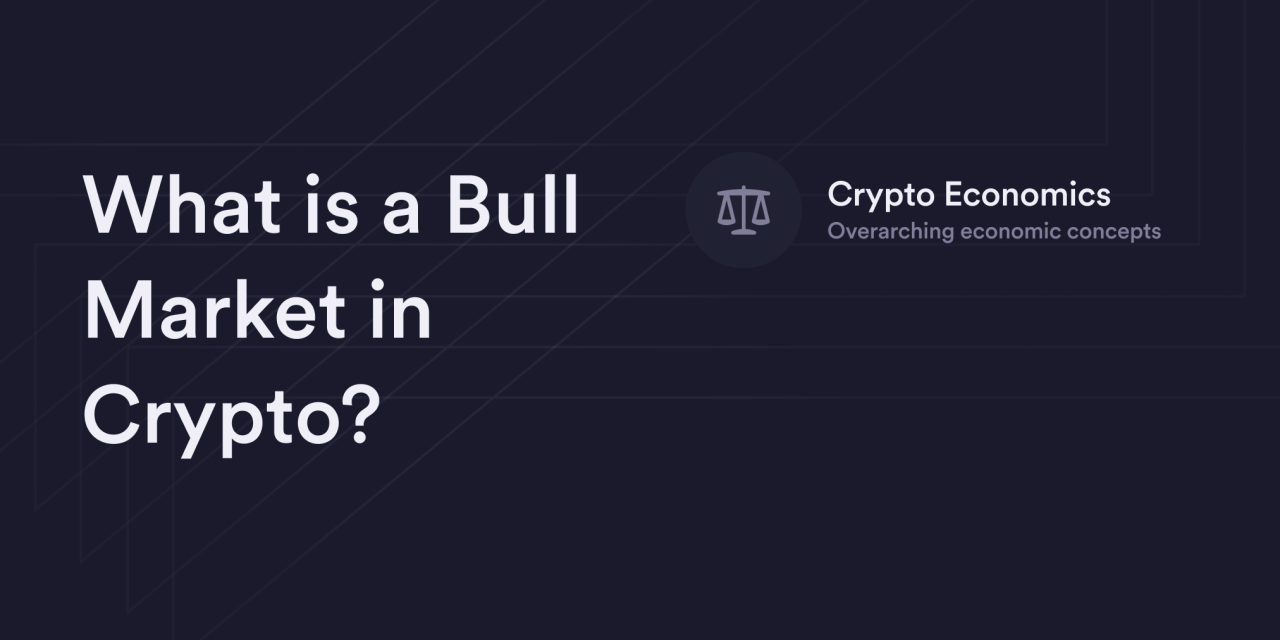
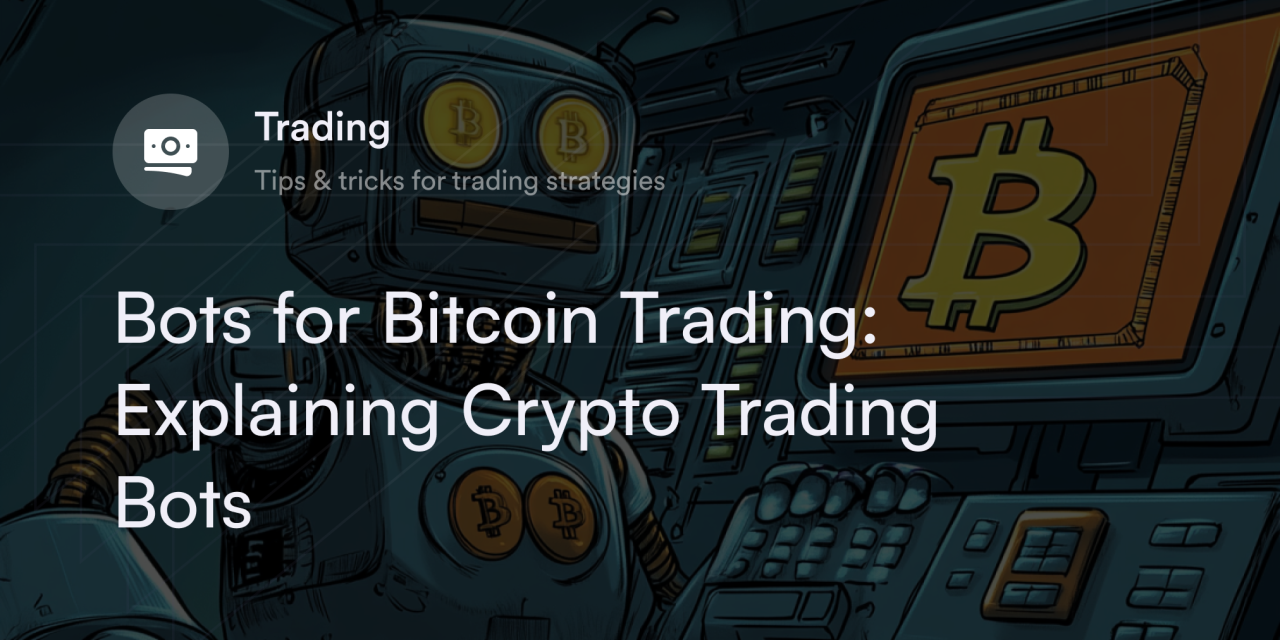

Strong emotions move the crypto market. Whether cryptocurrencies are at the height of a fear of missing out (FOMO) frenzy or the depths of a fear, uncertainty, and doubt (FUD) fall, it's a constant struggle for crypto traders to keep a cool head. Even the most seasoned and stoic traders often succumb to stress during volatile periods in the digital assets market.
To remove the risk of making impulsive decisions, some crypto traders offload the strain of choosing when to trade to computer programs called bots. Crypto trading bots run purely on logic and code and appear to offer traders a superhuman advantage in the crypto market—but there are a few glitches to this strategy.
In this guide, we’ll review trading bots in crypto, including what they are, how they work, and their pros and cons. We’ll also list the most popular bots available.
What are crypto trading bots?
A crypto trading bot is a software program that buys and sells virtual currencies or crypto derivatives according to its algorithmic instructions.
Traders using bots calibrate the parameters for their trading setup and then link them to one or multiple crypto exchanges. When a trading bot is live, it uses the money in a trader's account to open and close orders on the crypto market.
If a trader already has programming skills, they use a coding language like Python to create the algorithms for their bot; otherwise, crypto traders use premade algorithms from a third-party crypto bot provider to execute trades on their behalf.
How do crypto trading bots work?
Before building and linking a crypto trading bot, traders must define their trading strategy to create a suitable algorithm for their preferred tactics and risk tolerance. Developers fluent in programming languages use their coding skills to create a custom-made bot, while non-coders use algorithms on crypto bot platforms like Pionex or 3Commas to set their trading parameters.
Once crypto traders have their crypto bot set up, they feed historical data to their algorithms and run rounds of backtesting to check the accuracy and efficiency of their program. During this preliminary stage, some traders link their crypto trading algorithm to a paper trading platform, which lets traders place trades with fake money using real-time crypto market data.
If traders feel good about their crypto bot's performance, they fund their account with crypto or fiat currency and link it to centralized crypto exchanges (CEXs) like KuCoin or Bybit or decentralized exchanges (DEXs) like dYdX or Uniswap using application programming interfaces (APIs).
Based on traders’ predefined strategy and the current market conditions, the crypto trading algorithm spots attractive opportunities and enters trades without manual supervision. Traders don't have to authorize swaps with crypto trading bots, but they can shut their program down if they want to take profits, cut losses, or tweak their algorithm for optimized performance.
Pros and cons of crypto trading bots
Crypto trading bots seem like the ultimate software servant for super-busy Bitcoin traders, but there are a few issues with relying on algorithms. Crypto traders have to consider the limitations of bot trading before they decide whether they're a net positive for their portfolios.
Pros of crypto bot trading
Emotionless crypto trading
Emotions don't factor into a crypto trading bot's equations. Instead of making impulsive and irrational trades out of fear or greed, bots help traders maintain discipline and only make decisions based on mathematics, historical data, and statistical probabilities.
Capitalizes on all market opportunities
Another advantage bots have over humans is they don't have to take a lunch break or go to sleep every night. Crypto trading bots scan the crypto market 24/7, ensuring traders never miss a favorable opportunity to buy or sell.
Facilitates backtesting for peak optimization
Before deploying crypto trading bots, traders backtest their algorithms multiple times with historical market data to evaluate their success rate. While these tests don't guarantee favorable results in the future, they help traders gauge their algorithm’s effectiveness and fine-tune their bot's parameters to develop a superior data-driven strategy.
Offers customizability
If an algorithm isn't producing the best results or the crypto market's dynamics suddenly shift, traders always have the option to hit the pause button and change their bot's instructions. The flexibility of algorithms allows traders to constantly adjust their strategies in line with new developments in the crypto sector.
Plus, with machine learning (ML) tools like artificial intelligence (AI) trading bots, algorithms learn from prior successes and failures, potentially boosting performance in the long run.
Opens the possibility for advanced strategies
Crypto traders interested in complex or time-sensitive trading strategies have an easier time executing their positions with a trading bot. From statistical arbitrage and scalping to Iron Condors and Elliott wave theory, it's easier to monitor dozens of technical indicators and automate a wide range of trade setups.
Cons of crypto bot trading
High fees, subscriptions, and tax implications
Crypto traders have to factor multiple additional costs into their bot trading strategy, including exchange commissions and short-term capital gains taxes.
Also, if traders use a third-party crypto trading bot, they typically have to pay a monthly or annual subscription fee, further reducing their earnings potential.
Technical skills for maximum customization
Many user-friendly crypto trading bots are available on the market, but only traders with some coding knowledge enjoy the maximum benefit of this strategy. If traders don't know how to write custom algorithms, they can't build the most personalized and adaptable trading strategy.
Potential for technical glitches
Automated crypto trading bots rely on properly functioning software and secure APIs, so any technical disruptions lead to unintended consequences (e.g., server outages, connectivity issues, or bugs in the bot's code).
Technical glitches sometimes delay trade executions or cause a bot to enter positions that don't fit a user's specifications. Crypto traders must account for these digital difficulties with risk management strategies and contingency plans.
Unsuitable for long-term traders
Crypto trading bots focus on executing short-term, algorithmically driven trades primarily based on technical chart patterns and indicators. Therefore, traders interested in fundamental analysis and long-term strategies like HODL or dollar-cost averaging (DCA) don't get much value out of using bots.
Data-dependent rather than forward-looking
Since crypto bot algorithms rely on prior trading data for backtesting, they're inherently backward-looking tools. No matter how well a crypto trading algorithm performs in past scenarios, there's no easy way to train these bots to adapt to unpredictable market dynamics.
There's also a risk known as over-optimization, where bots are so fine-tuned to fit historical price data and aren't flexible enough to handle real-time markets. Traders have to walk a fine line between using prior price feeds without falling into the trap of overfitting their algorithms to prior conditions.
How to choose a trading bot
Choosing the right crypto trading bot depends on multiple factors, including a trader's skill level, market objectives, and preferred exchanges. The entire process requires a few steps. Here’s how eligible traders can choose a bot for trading:
Traders must define their trading strategy, risk tolerance, and overarching goals.
Next, if crypto traders are fluent in a language like Python or C++, they can use an integrated development environment (IDE) to write the code for their algorithm. However, those unfamiliar with a programming language must research the most popular third-party crypto trading bot providers.
They should compare the features and fees of popular trading bots for crypto (e.g., 3Commas, Shrimpy, or Cryptohopper) to find a product that most aligns with their predefined trading objectives.
Next, they should double-check their chosen crypto trading bot links with the APIs on their preferred CEXs and DEXs.
After building or subscribing to a crypto trading bot platform, traders must run their algorithm through backtests with historical price data to assess its efficiency and spot potential weak points. At this stage, it's helpful to use paper trading platforms to see how these systems work using simulated money with real-world price feeds.
If a trader feels confident with their bot's success rate, they can fund their account with real money and link it to APIs for their preferred crypto exchanges.
Finally, they must constantly monitor their bot’s performance versus their expected fees to adjust their algorithm specifications. Along the way, they should analyze their bot’s profits and losses and reconsider whether this program makes financial sense.
The most popular trading bots in crypto
Crypto trading bots can handle tasks like portfolio management, order execution, and data analysis––all without human intervention. Here are a few of the most popular and widely regarded crypto trading bots:
3Commas
3Commas is known for its user-friendly interface and advanced functionality and offers traders a comprehensive set of tools for portfolio management and strategy execution. It supports various exchanges and provides features like trailing stop-loss and automated rebalancing.
Gunbot
Gunbot is a highly customizable trading bot favored by traders who prefer to have extensive control over their trading strategies. It supports numerous exchanges and offers a wide range of strategies and settings for users to fine-tune their trading approach.
Cryptohopper
Cryptohopper provides an easy-to-use platform with a range of automated tools for both beginners and experienced traders. It offers features like mirror trading, where users can copy the strategies of successful traders, and automated strategy execution.
HaasOnline
HaasOnline appeals to professional traders and is known for its sophisticated trading algorithms. It allows for extensive customization and complex strategy building, offering high-level control over automated trading.
Zenbot
Zenbot is an open-source trading bot known for its high-frequency trading capabilities and supports multiple assets. It’s a choice for those who have a good grasp of coding and want to develop their custom strategies.
Explore the potential of perpetuals trading on dYdX
Whether crypto traders prefer building algorithmic bots or manually placing orders, dYdX is the ultimate decentralized finance (DeFi) platform for crypto perpetual swaps. On dYdX's DEX, eligible traders enjoy seamless access to Bitcoin and altcoin perpetual contracts, as well as advanced tools like slippage tolerance control, advanced order types, and leverage. Discover how dYdX works and our latest products and upgrades on the official dYdX blog. Also, check out dYdX Academy for more guides on cryptocurrency, trading strategies, and blockchain tech.
Eligible traders can start trading on dYdX today.
Disclosures
The content of this article (the “Article”) is provided for general informational purposes only. Reference to any specific strategy, technique, product, service, or entity does not constitute an endorsement or recommendation by dYdX Trading Inc., or any affiliate, agent, or representative thereof (“dYdX”). Use of strategies, techniques, products or services referenced in this Article may involve material risks, including the risk of financial losses arising from the volatility, operational loss, or nonconsensual liquidation of digital assets. The content of this Article does not constitute, and should not be considered, construed, or relied upon as, financial advice, legal advice, tax advice, investment advice, or advice of any other nature; and the content of this Article is not an offer, solicitation or call to action to make any investment, or purchase any crypto asset, of any kind. dYdX makes no representation, assurance or guarantee as to the accuracy, completeness, timeliness, suitability, or validity of any information in this Article or any third-party website that may be linked to it. You are solely responsible for conducting independent research, performing due diligence, and/or seeking advice from a professional advisor prior to taking any financial, tax, legal, or investment action.
You may only use the dYdX Services in compliance with the dYdX Terms of Use available here, including the geographic restrictions therein.
Any applicable sponsorship in connection with this Article will be disclosed, and any reference to a sponsor in this Article is for disclosure purposes, or informational in nature, and in any event is not a call to action to make an investment, acquire a service or product, or purchase crypto assets. This Article does not offer the purchase or sale of any financial instruments or related services.
By accessing this Article and taking any action in connection with the information contained in this Article, you agree that dYdX is not responsible, directly or indirectly, for any errors, omissions, or delays related to this Article, or any damage, injury, or loss incurred in connection with use of or reliance on the content of this Article, including any specific strategy, technique, product, service, or entity that may be referenced in the Article.

